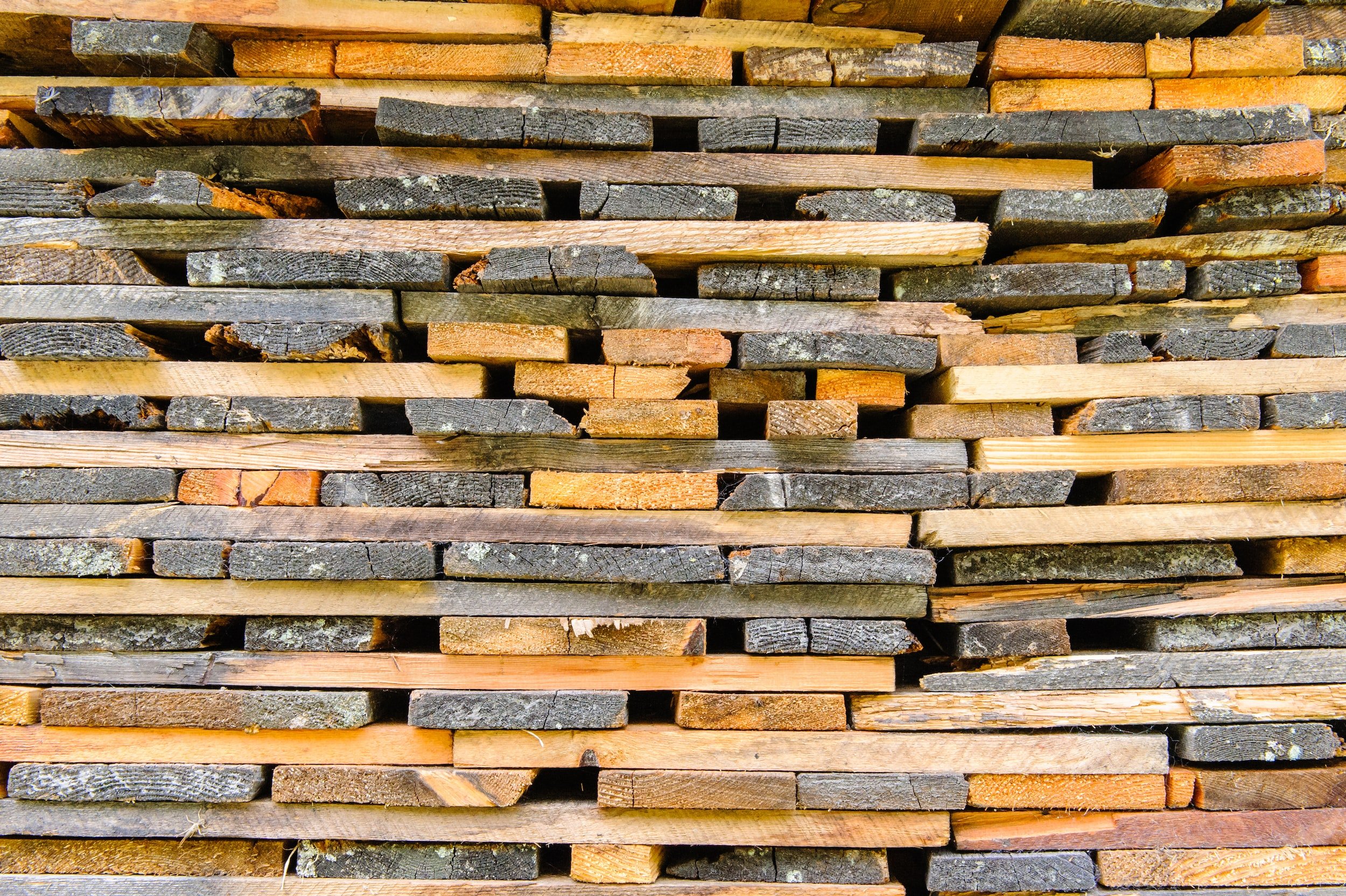How old is reclaimed timber?
When you hear the term reclaimed timber, how old do you picture that wood to be? Is it old-growth timber from before colonisation on this continent? It might be timber that’s been stuck in a building for the past century but isn’t much older than that? Maybe it’s very new timber, just that’s already had a use or two. The answer is that it could be any or all of these!
However, finding out the age of the reclaimed timber you’re looking at can be a bit more difficult.
How do we know how old timber is?
One of the most commonly used sources of dating timber and/or trees is cross-dating, which involves looking at the timber that you’re looking to find an age of, and matching the patterns of growth rings to trees of a known age. Because these rings are laid down with seasons (such as with a dry or wet season having different amounts of growth which are then visible as the rings we see in timber), if we have multiple examples from the same location we can cross-match the rings of similar sizes, shapes and character to give an indication of being from similar periods.
However, when working with reclaimed timber, we have a bit of a different problem: we don’t always know exactly where the timber came from, or have access to timber of a known age. We also don’t know for certain if timber that has been reclaimed was not itself originally recycled from a previous use, either as a whole lot, or mixed in with the same species from a range of locations and periods in time.
So where do we even begin?
Timber from this continent
For native Australian timbers, we have a start date that we can be certain that timber wasn’t logged before – when British ships came to these shores and started the long and ongoing process of colonisation. Indigenous Australians managed, used, and cared for forests for millenia before this date, but rarely was the timber they used taken and used by colonists, who preferred to fell trees and forests of their own.
There is a strong academic inquiry into the specifics of when certain species were discovered by colonists, and when industries sprung up around them, such as for Australian Red Cedar in northern NSW, or for Australia’s native pines like Huon and King Billy, as well as other unique timbers throughout the continent.
For timber reclaimed from houses and warehouses, we can have a fair degree of certainty that the timber (if Australian in origin) was logged in the period before construction, and so the age of a building gives us a broad window of time that we can work from.
Timber from overseas
Timber that has been sourced from overseas may be a bit more difficult to exactly age. While we can be certain that commercial quantities of timber didn’t arrive on this continent until colonisation began, what timber arrived when can be a difficult and mysterious thing to unpick.
Prior to the past century, timber was often brought over specifically for large scale projects like mining, railway building, or mass construction, with Australian timbers being used as ballast for ships returning to other countries (and sometimes just being dumped overboard once they arrived!).
The sourcing, navigation, and management of commercial timbers across the globe is an area of study that we at Among The Trees don’t have a great amount of knowledge of, but our library has a range of books where the curious can learn more!
Does it matter how old timber is?
At the end of the day, age is just one aspect of a timber’s story, and we find it is one of the least interesting. Unless you are dealing with specific and highly valuable (and often illegal to transport) woods, timbers of all ages can have a range of colours, densities, grain patterns and spacing, moisture content, and more.
One of the reasons we started our shop and warehouse is so people can come in and be face to face with the wood itself, and find the piece that fits their purposes exactly, rather than the gambling that can occur shopping for timbers online based on a species name and approximate photo or description.
If you’re looking for very particular timbers of a range of types and characteristics, come and visit and see what’s in stock that will work for you!







